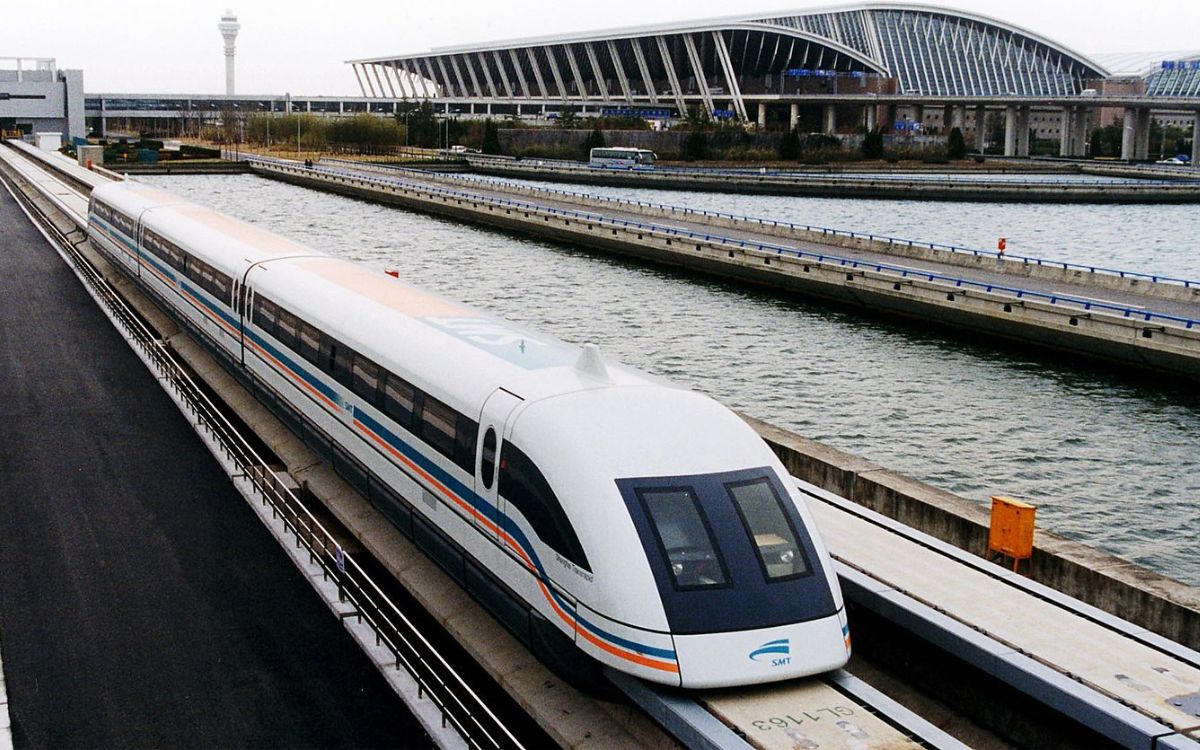World’s fastest train is so quick that if you blink you’ll miss it
- The maglev is the world’s fastest train travelling at speeds of up to 1000km/h (621mph)
- It’s much faster than the average speed of a commercial flight without leaving the ground
- It connects Longyang Road station in Shanghai to Pudong Airport
Published on Oct 25, 2023 at 2:34 PM (UTC+4)
by Amelia Jean Hershman-Jones
Last updated on Oct 26, 2023 at 4:27 PM (UTC+4)
Edited by
Alessandro Renesis
The maglev is the world’s fastest train and can get you to your destination at the speed of flight without leaving the ground.
China’s new high-speed maglev in Shanghai just set a new record as the world’s fastest – and this video shows the speeds it reaches.
CHECK OUT A POV OF RIDING ON THE WORLD’S FASTEST TRAIN BELOW:
READ MORE: Dubai is working on a 1,200-mile underwater train to India
The train connects Longyang Road station within the bustling metropolis to Pudong Airport, and the 19-mile journey takes approximately seven minutes.
And while form is as impressive as function when it comes to rail travel – that’s pretty impressive.
This video from Wayne Yeung shows a POV of a Shanghai maglev passenger.
Around the halfway mark you’ll see two maglev trains passing each other at 350km/h (217mph) – blink and you’ll miss it.
A recent test run saw the train reaching speeds of 453 km/h (281mph) making it the fastest train in the world.
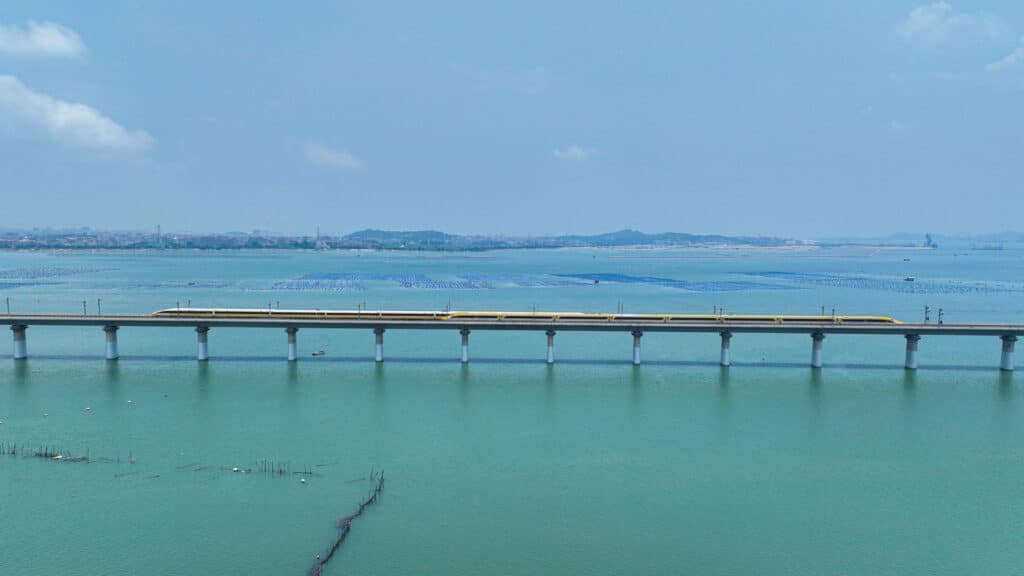
In fact, once the maglev project is complete and fully up to speed its engineers hope it will reach 1000km/h (621mph) .
To put that into context: that’s much faster than a commercial flight which averages 877km/h (545mph).
It achieves those breakneck speeds using “magnetic leviation”.
This method counteracts the effects of gravity to allow the train to glide on air and proper forward.
This allows the train to be quieter, a smoother ride and the world’s fastest train.
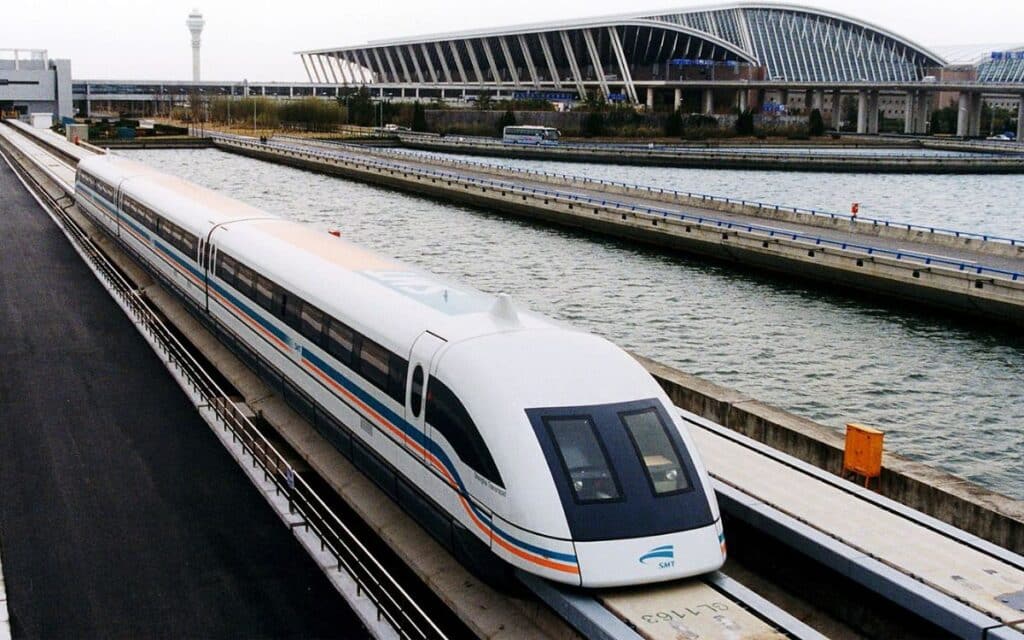
It achieves this seemingly impossible feat using superconducting magnets in a low-vacuum pipeline.
The magnets are repelled by the metal pipeline to create a cushion of air between them.
Cooling these powerful magnets strengthens the magnetic field even further.
While the maglev in Shanghai is up and running, China plans to expand the technology across the country.
It’s part of the country’s fourteenth five-year plan (2021 and 2025) known as the China Railway 450 Technology Innovation Project (CR450).

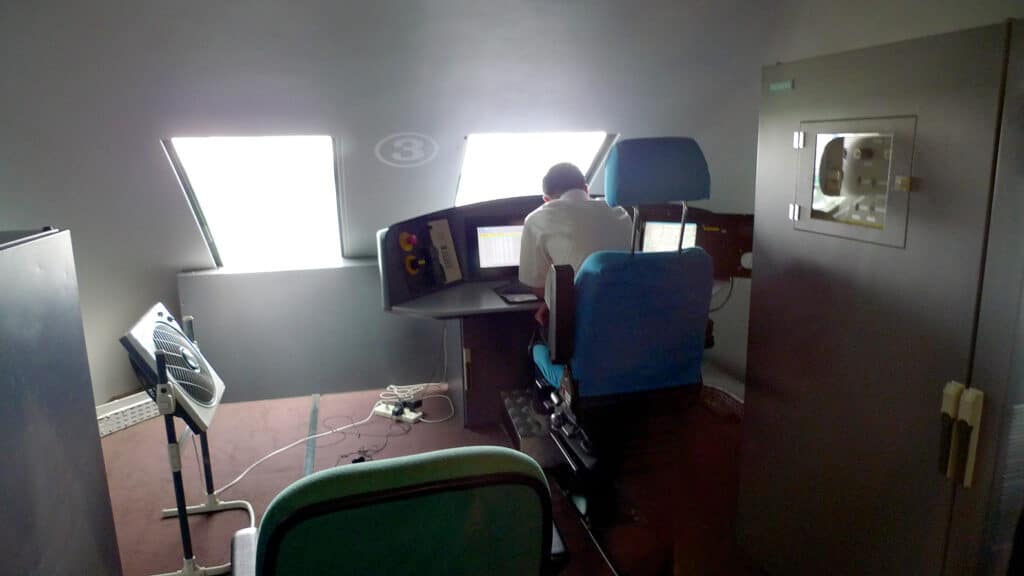
Those in charge hope CR450 will ease travel and reduce journey time between rural areas and big cities.
It should also reduce air pollution emissions from transport for the vast population.
Transport emissions in China are currently on the up.
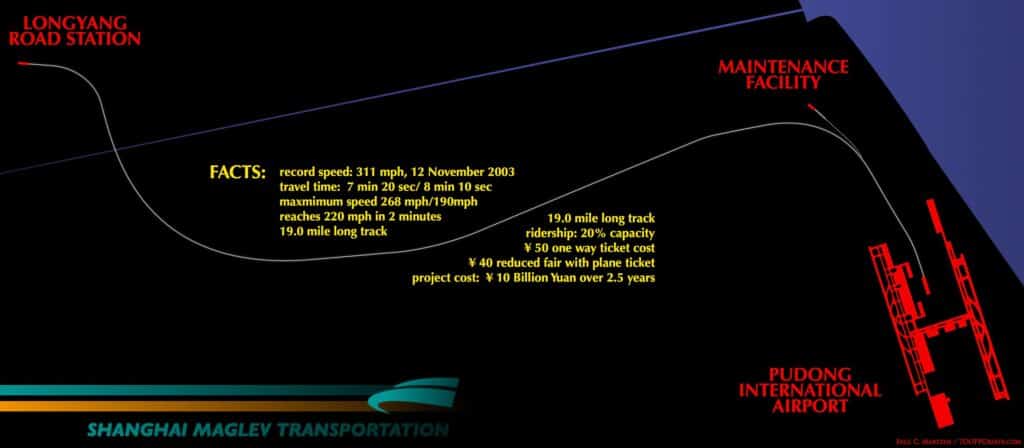
The number of passenger cars multiplied 12 times between 2005 and 2020 (from 19 million to 239 million).
Second only to the US, the country was responsible for 11% of the world’s transport-related air pollution emissions in 2018.
China plans to have its carbon emissions peak by 2030 and become carbon-neutral by 2060.
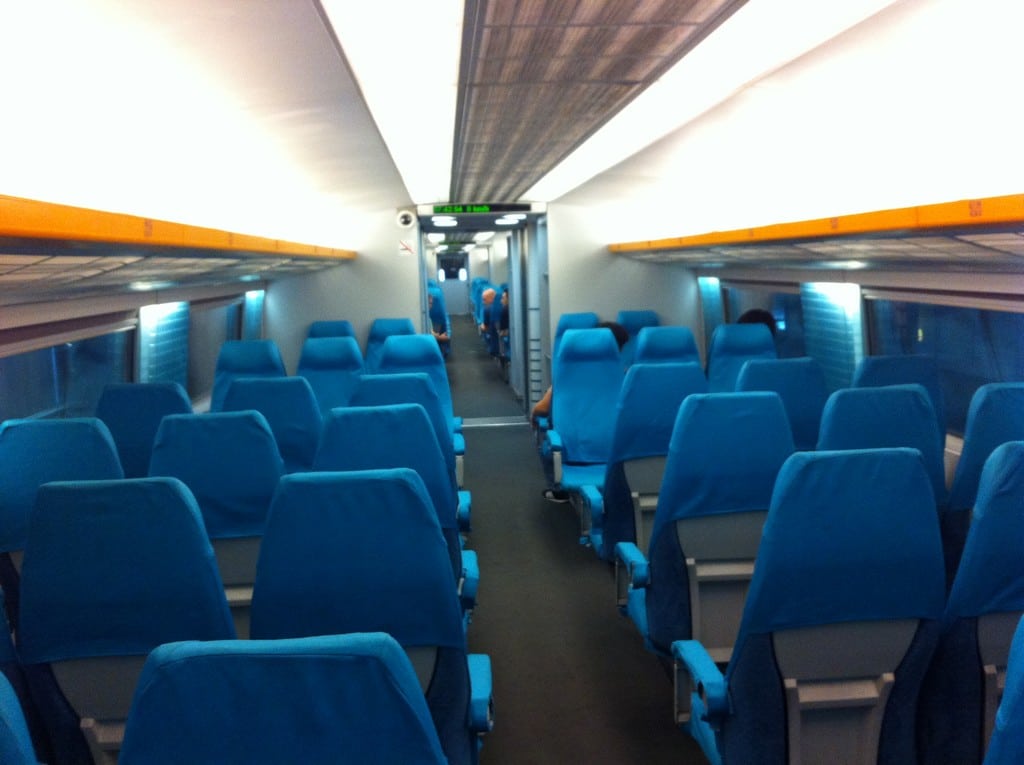
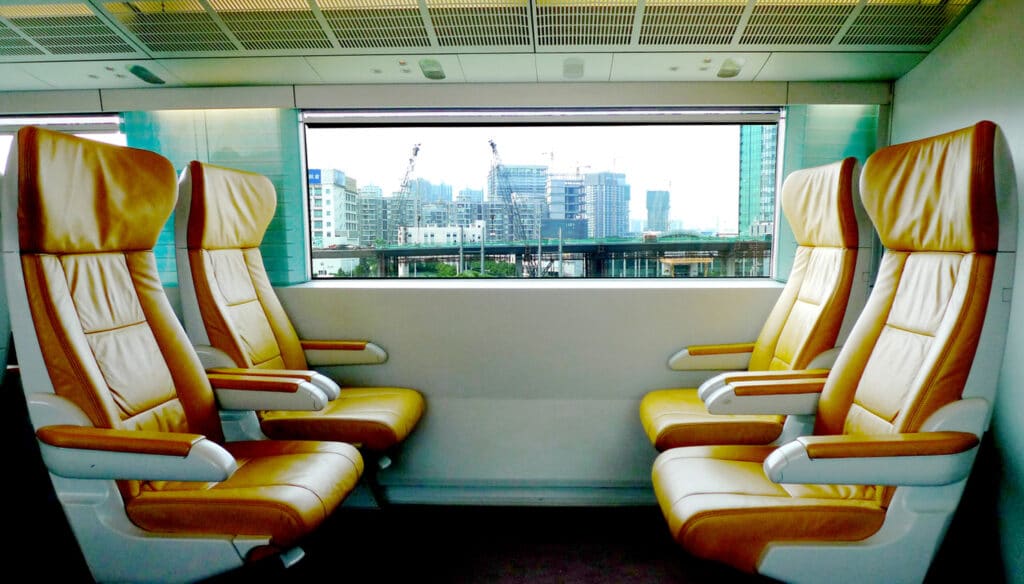
Maglev trains do not generate any direct emissions.
And, unlike traditional train tracks, animals can cross safely beneath maglev trains.
China’s super-fast maglev train could be operational within three to 10 years.
DISCOVER SBX CARS: The global premium car auction platform powered by Supercar Blondie

All Supercar Blondie contributors undergo editorial review and fact-checking to ensure accuracy and authority in automotive journalism. After gaining her BA Hons in French and English at the University of Nottingham, Amelia embarked on a vocational diploma from the National Council for the Training of Journalists (NCTJ). This led to numerous opportunities, from interning at Vogue to being on the small team that launched Women’s Health magazine in the UK, which was named the PPA Consumer magazine of the year for three years running. As Health, Beauty and Fitness editor, Amelia personally received a Johnson & Johnson Award and was shortlisted for both PPA and BSME titles. Since then, Amelia has created content for numerous titles and brands, including the Telegraph, 111 Skin, Waitrose, Red magazine, Stylist, and Elle, as well as being Head of Content at Vitality and Editor in Chief at INLondon magazine. “My superpower is translating technical jargon about the mechanical workings of a supercar into a relatable story you’ll want to share with your friends after you’ve read it.” After joining the SB Media family as a senior journalist in September of 2023, Amelia’s role has evolved to see her heading up the SEO output of the editorial team. From researching the most ‘Google-able’ key terms to producing evergreen content - it’s been a time of hard work, growth, and success for the editorial team and the Supercar Blondie website. “I like to think of myself as a ‘method journalist’. In other words: I live and breathe whatever I am writing about. When writing about fitness, I trained as a personal trainer, and as a beauty editor, I completed an ‘expert’ in scent diploma with the Fragrance Foundation. “During my tenure at Supercar Blondie, however, I did something I never thought possible: I passed my driving test at the age of 36. One day I’d love to train as a mechanic to better understand what happens under the hood, too. “My sweet spot is providing readers with a ‘takeaway’ (read: something new they didn’t know before) after reading every one of my stories. While I don’t claim to be an expert in the automotive world, I know the experts and bodies in the field to rely on to provide our readers with an informative and thought-provoking story every time they visit the site.”
